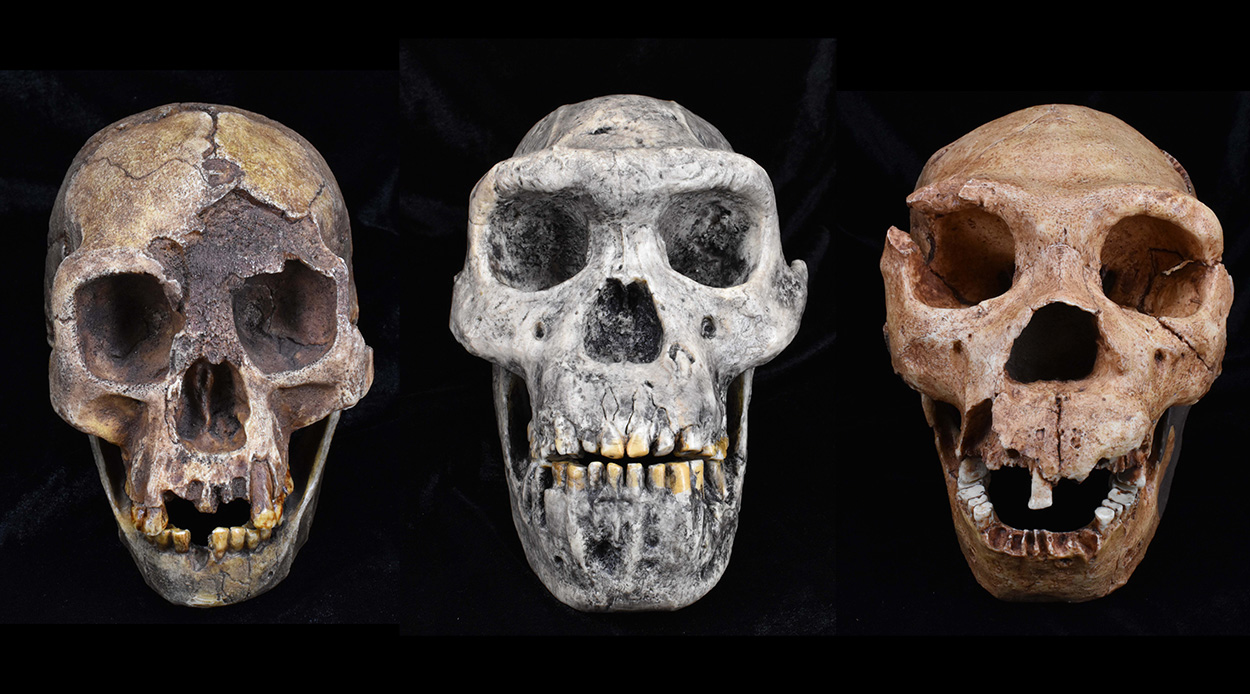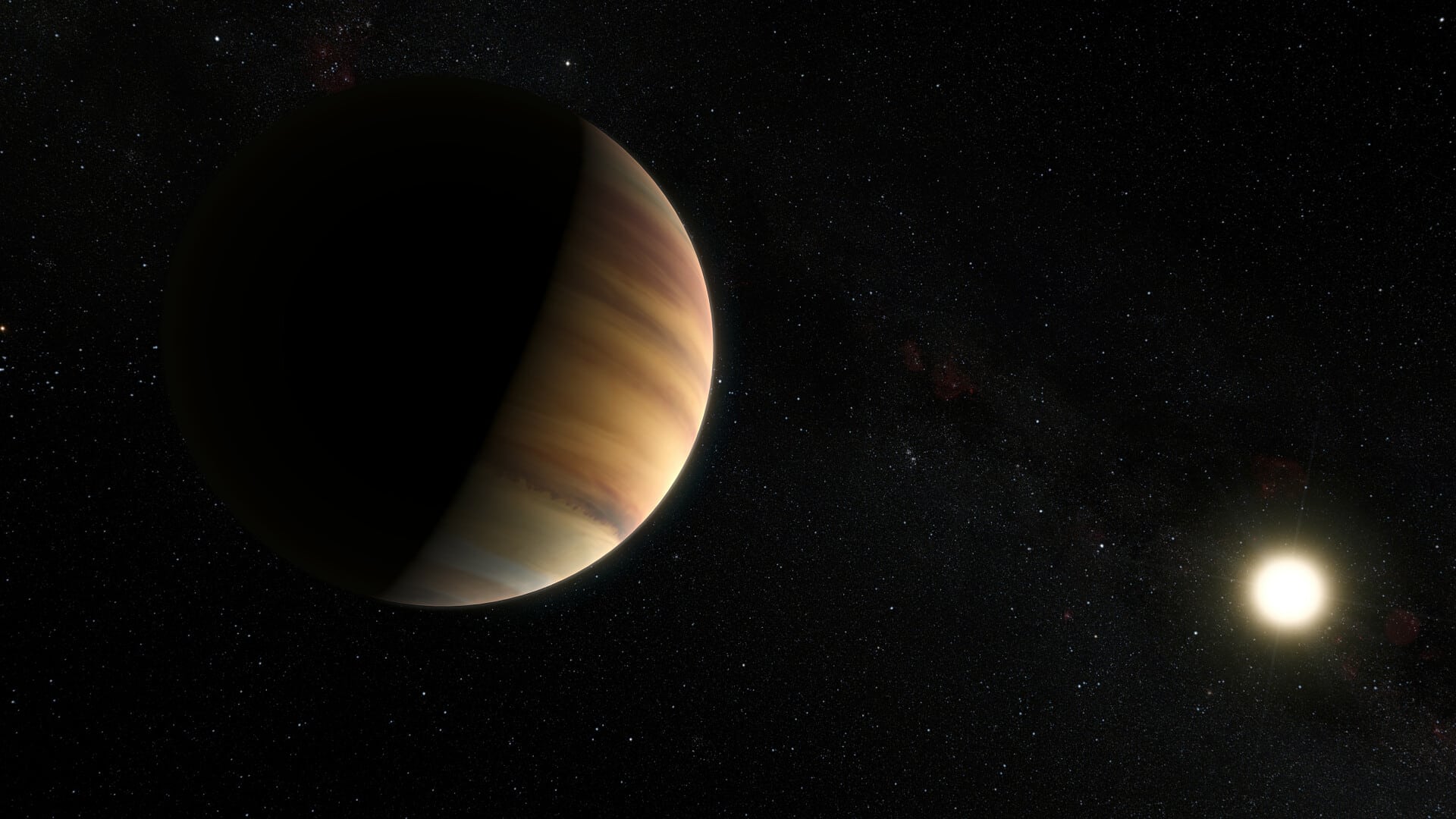We can all observe planets and dwarf planets in our solar system with telescopes: even distant Pluto appears on images of the Hubble Space Telescope. As a foggy field. But can today’s instruments also capture images of planets orbiting other stars? We now know more than 4,000 of these exoplanets. But in most cases, it is too far away to be seen next to its brighter star. Until now, its existence could only be indirectly inferred, for example when the planets darken their stars slightly or shake them to a minimum during their passage.
The only exceptions here are some giant gas giants and planetary embryos, which peel off as bright clumps of dust disks. Soon, however, there could be images of smaller exoplanets provided they orbit in a very close star system. At least that’s the possibility of a new special instrument that astronomers have linked to the Very Large Telescope (VLT) in Chile.
Searching for a warm Neptune
The team used it to observe the nearby star system, Alpha Centauri, four light years away, for 100 hours as two suns orbit each other. With a specially designed NEAR instrument, one can now track planets down to the size of Neptune in the habitable region of Alpha Centauri A, as the group wrote about Kevin Wagner of the University of Arizona In “Nature Communications”.
The VLT Telescope | The Alpha Centauri binary star system can be seen in the night sky from the Southern Hemisphere. So the four telescopes of the European Southern Observatory’s Very Large Telescope (VLT) in Chile can observe them excellently. Here you can see one of the interconnected telescopes.
NEAR (New Earth in AlphaCen) is helping the Very Large Telescope to search the region around the Alpha Centauri stars for thermal radiation. To do this, the device hides a sun every second and processes the data using advanced computer software. Thanks to this technology, exoplanets in the system can be detected ten times smaller than before, according to the current publication.
Actually you can see in the pictures Identify the spotWhich, according to astronomers, could be a lukewarm planet. So the world would be somewhat larger than Neptune and would not have a solid surface. The team stresses that extreme caution must be exercised in this regard: Sharp pixels can just as easily be a meaningless picture of the innovative technology.
The $ 3 million NEAR Project funded the Breakthrough Watch Initiative, which is part of the charitable activities of Russian-born billionaire Yuri Milner. In recent years he has also launched other high-stakes space projects, such as the “Breakthrough Starshot” initiative, which at one point plans to launch small probes at Alpha Centauri.

“Alcohol buff. Troublemaker. Introvert. Student. Social media lover. Web ninja. Bacon fan. Reader.”






More Stories
Competition shaped early human evolution – forschung.de
Help from Eching brings Finn's battle back to life
Science – Bocking – Blue tits: more unfaithful offspring among older males – Bavaria